It was on June 28, 1920, when Úrsula Tachó, 'La Criminala', killed her stepson. A tragic event that has marked, generation after generation, a legendary black history in Xàbia and which is joined by two fateful murders. On the one hand, there is the death of Bartolomé (her stepson) and for which Úrsula is renamed 'La Criminala'. And on the other, her own murder, almost 30 years later, in the well-known and now disappeared farm of the first Montañar, 'Good views'.
- 1.
- 2.
- 3.
Ursula's story
The story tells that the young Úrsula arrived in Xàbia with her father, who was a police officer, and they began to live in Portitxol. There she met Modesto Sendra, another carabinero, who was a widower and had two children; a boy, Bartolomé, protagonist of the horrible event, and a daughter.
Modesto and Úrsula decided to unite their lives, leaving Bartolomé in charge of the couple. According to books and testimonies, they lived in Portitxol and the little boy was little loved by his stepmother.
When Úrsula becomes pregnant, her behavior with her stepson worsens. Whether out of jealousy or madness, the young Úrsula begins a strange behavior, with moments of madness, which her husband notices.
Bartholomew's murder
During that time, Úrsula 'mistreated' the little boy, barely five years old. With the intention of getting rid of him (Bartolomé) to be alone with the one who would be her new son (Francesc), she initiates terrible events (as is well narrated in the documentary made by Jaume Castell and what was it released in Jayan cinema in 2020).
First, he leaves Bartolomé in the Cap de la Nau area, several kilometers from where they lived, but the little boy manages to return home after spending the night lost.
On another occasion, he throws the child into a well to drown, but luck and with the help of a man, Bartolomé manages to save himself.
Thus, the stepmother goes further to end the life of the child. She mixes pieces of crystals with the soup to harm him, but it still isn't enough and one night she kills him. Úrsula strangles him while he is sleeping and sticks a sewing needle through his ears. The lifeless body of little Bartolomé is found by his father when he returns from work, covered with a blanket surrounded by burnt ears of corn.
The medical report after the autopsy confirms that "death was caused by strangulation and the child's hearing organs showed unmistakable signs of having been pierced by a sharp and hard object such as a knitting needle. Glass remains are also shown and of a flammable mixture such as that used to make matches".
A horrible event that ended with the transfer of Úrsula -who therefore earns the name 'La Criminala'-, by the Civil Guard (Carabineros) to the barracks and her subsequent admission to a women's prison.
The murder of Úrsula and her peculiar house 'Vista Alegre'
It is here, in this second part of the story, that the well-known and remembered house of 'La Criminala', located in the Primer Montañar, now disappeared, becomes part of it.
And it is that, the murder of little Bartolomé did not happen in this house, as at some point in this historical history has come to think, but it was where his own occurred.
Úrsula, after spending her years in prison and being pardoned, returns to Xàbia as the beneficiary of an inheritance. It is about 20 years after that tragic crime. 'La Criminala' builds 'Vista Alegre', a striking and peculiar estate where she is murdered.
Úrsula lost her life at the hands of her landlord, fed up with not paying them for years for their services with the excuse that they would be heirs. He gave him a blow (with the mallet to chop esparto grass) on the back of the neck while he was sleeping and broke his skull. Thus, around the 50s, the heart of Úrsula Tachó, 'la Criminala', and his house, remembered by many, remained on the seafront until the end of the 90s.
Information and photographs provided by the Arxiu Municipal of Xàbia and the writing (through Xàbia Meravellosa) of the journalist and writer Bernat Capó. This story can also be known from another point of view in the novel by 'Ursula's Diary' by José Mulet or in Històries of Crims i Criminals Marina Alta by Antoni Reig.

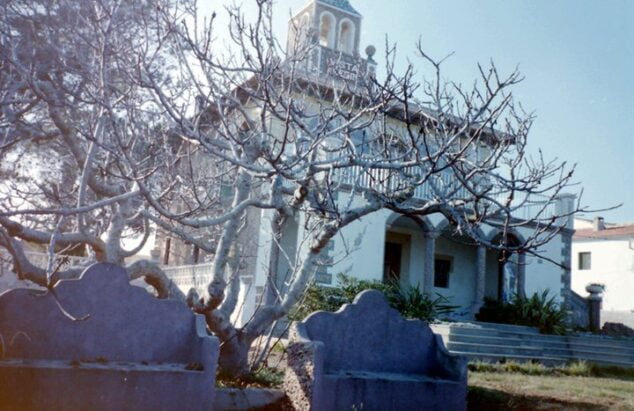
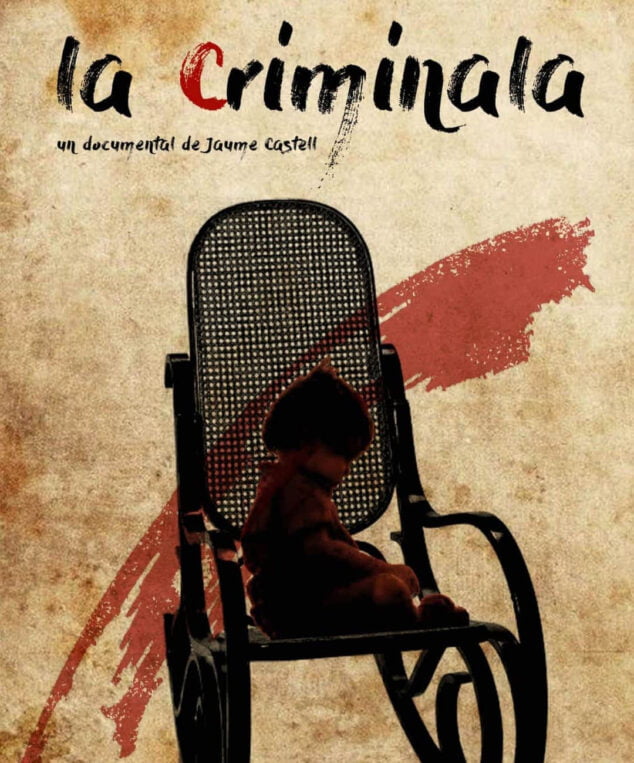
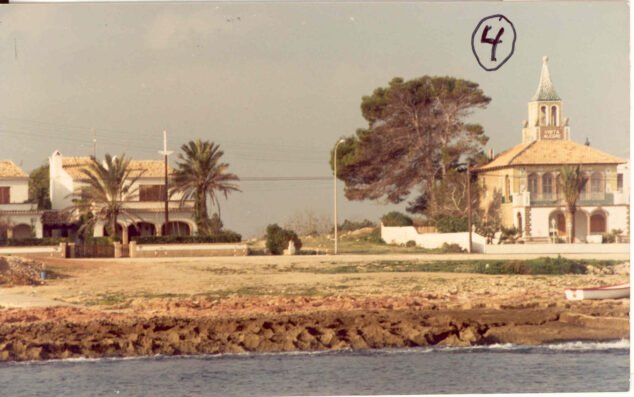
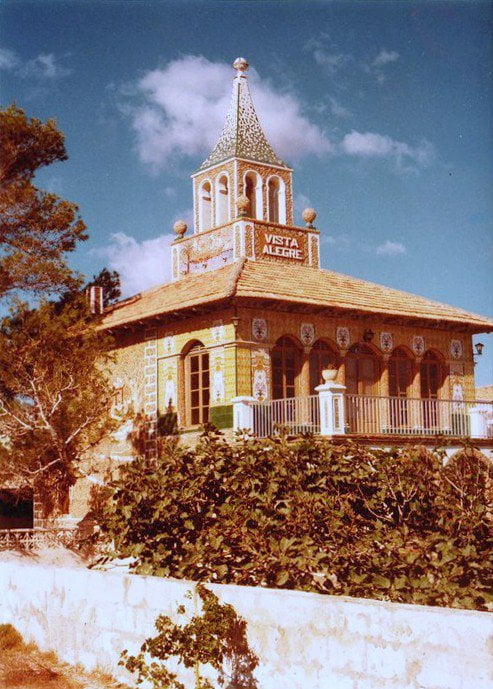
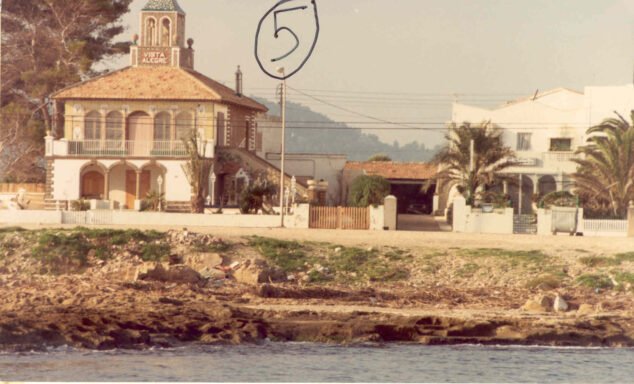
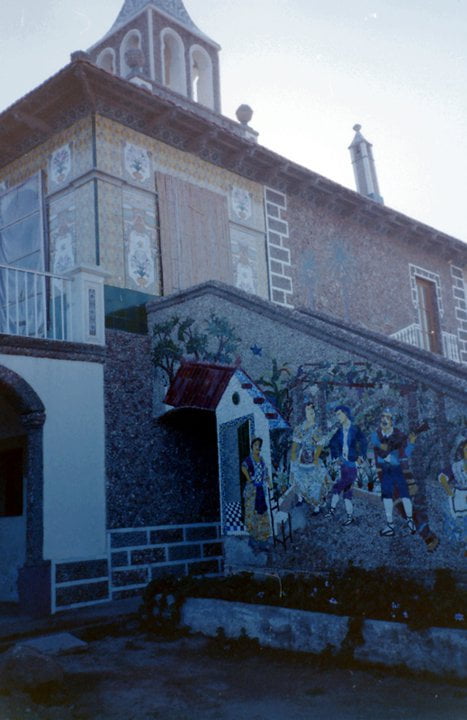
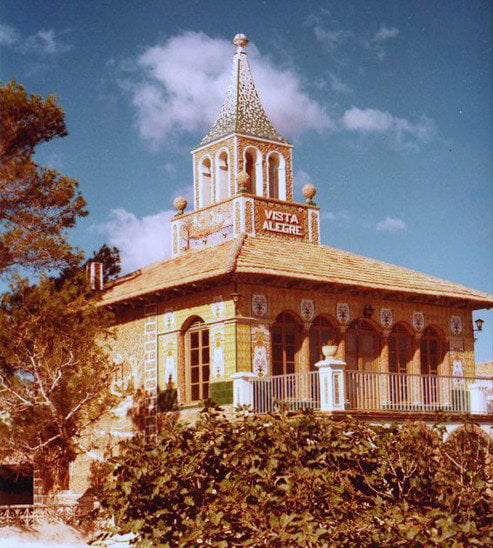
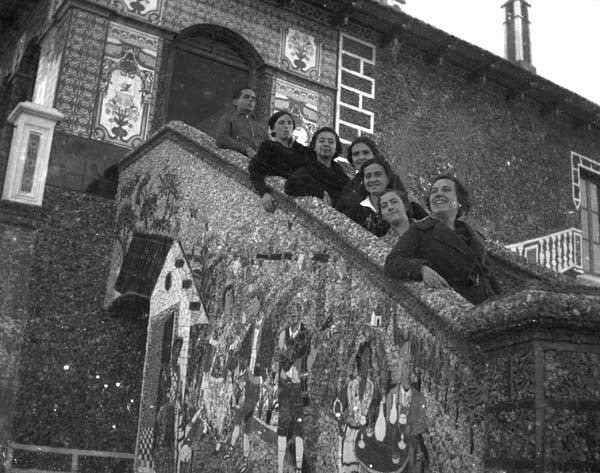
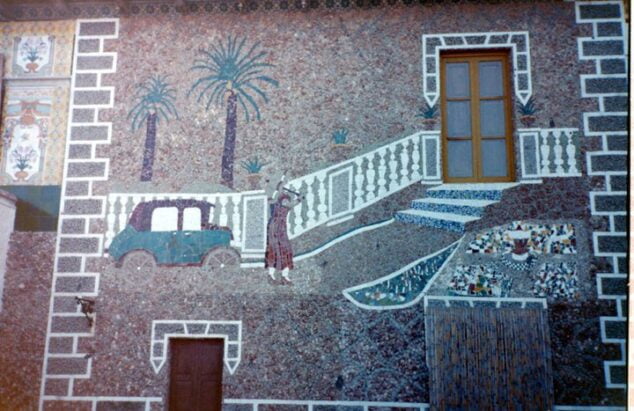
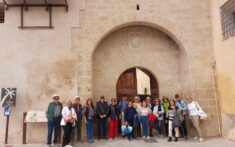

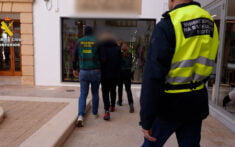


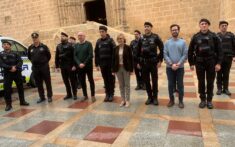
One day future generations will talk about Chulvi, his town without police, his ghostly works (oh, that auditorium) and the shit that exploded on the beaches.
One day, future generations will sleep in fear that she will show up to pose in her little jacket for a selfie.
Thank you for not mentioning my article (I say it ironically) but for adding José Mulet's book and Antoni Reig's “Histories” (I didn't know the latter). Very friendly.
I think that Ms. Verónica Blasco, who makes a fairly good summary of this terrible event, should name other books or articles that have appeared on this subject, not only the best known of Mr. Bernat Capó (RIP). And I give you two data, which are the ones I know, although there may be more:
– In the magazine Festes patronals Mare de Deu de Loreto. 2019 - Duanes de la Mar, Xàbia. August 24 – September 8, 2019. Comissió de Festes Mare de Deu de Loreto, includes the article published on pages 97-99 by Erika Reuss Galindo, entitled Chalet “Vista Alegre”. The house of "La Criminala".
– José Mulet, in his book «El Diario de Úrsula. La Criminala de Jávea »published by its author in October 2019, narrates, although highly fictionalized and, in my personal opinion, very distorted, the famous story of “La Criminala”.
I hope that Ms. Verónica is not bothered by this comment, I am simply doing it to add data that may be of use to you in any subsequent investigation.
Hi Erika. Thanks for your contribution. She was unaware of the article in Loreto's party book. I'll keep it in mind for more information. Cheers